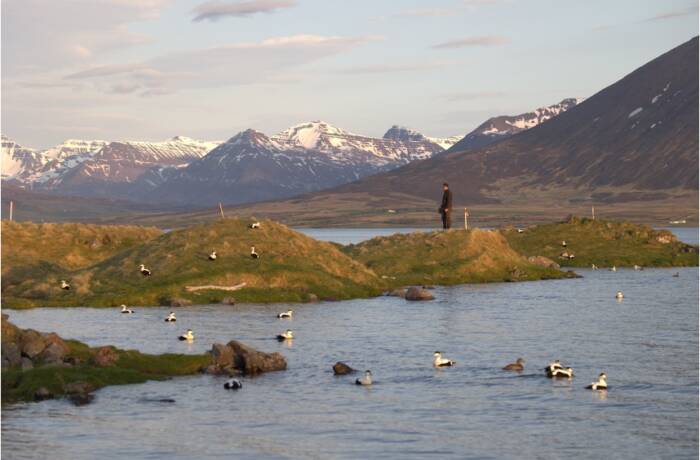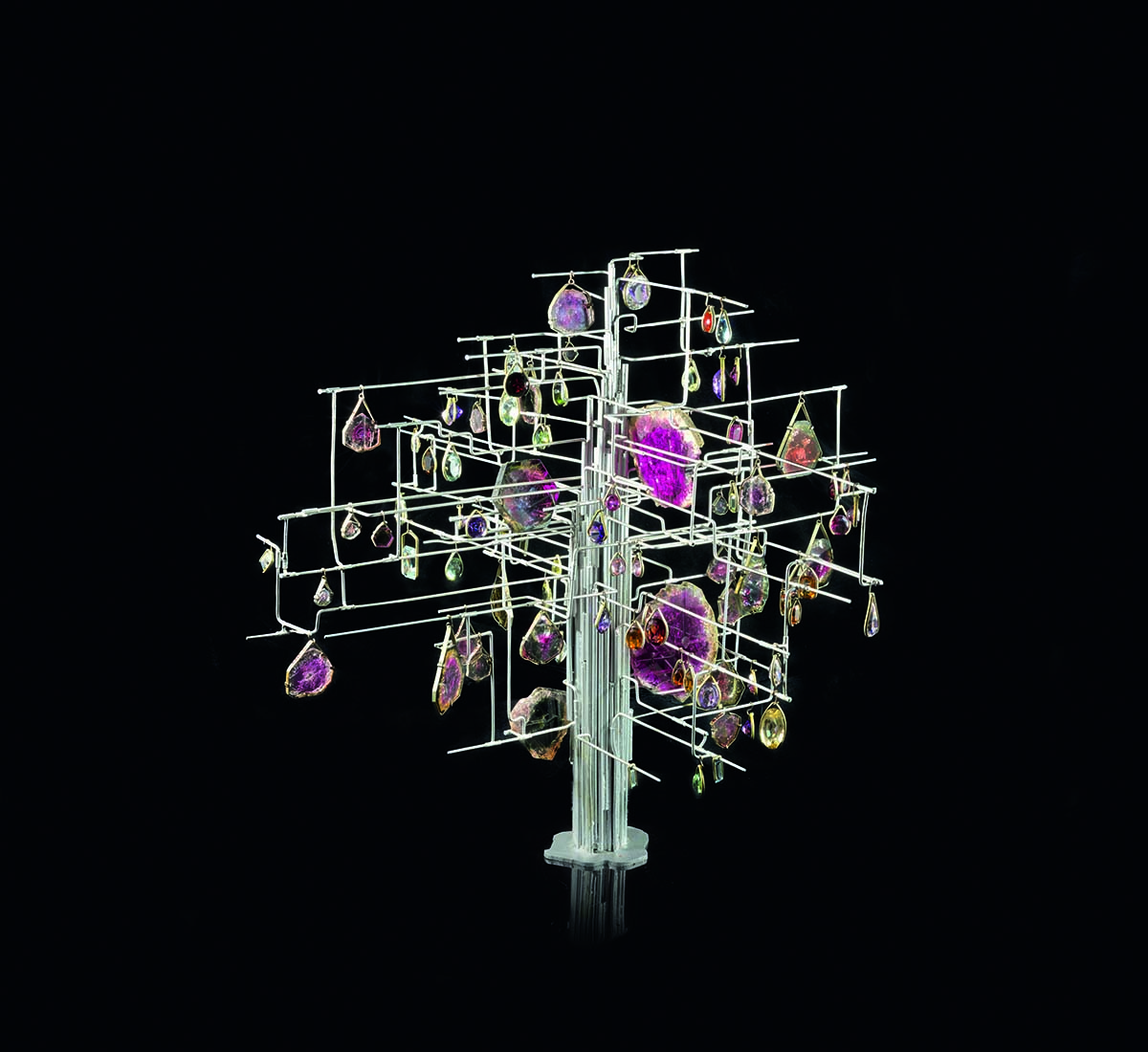
L’Arbre aux tourmalines (1976) by Jean Vendome © MNHN/F. Farges.
The heritage of Parisian jeweller Van Cleef & Arpels is being honoured by an exhibition at the Muséum National d’Histoire Naturelle in Paris, in which their gems from across the years are being shown alongside the raw stones that such jewels are made from. On the eve of the show’s opening, LUX meets with the maison’s CEO, Nicolas Bos
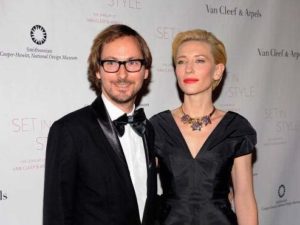
Nicolas Bos & Cate Blanchett. © Dimitrios Kambouris/Getty.
LUX: How does seeing the raw beauty of stones extracted from the earth affect your appreciation of fine jewellery?
Nicolas Bos: The aim of this exhibition is to show alongside each other the raw minerals, faceted gems and finished jewellery creations. This juxtaposition really emphasises the stones’ journey from the depth of the Earth into the craftsmen’s hands that will reveal their beauty. In front of raw minerals, we cannot but be humble and admire what nature can create. It is also with great pride that we can see what we are able to accomplish today with these treasures through our know-how.
Follow LUX on Instagram: luxthemagazine
LUX: The exhibition shows that humans have always been drawn to adornment. Is the lure of jewellery today different to ancient times?
Nicolas Bos: Since ancient times, both men and women have enjoyed adorning themselves with precious and rare materials. Over the centuries, jewellery and lapidary techniques have evolved, new materials have been found and new sources of inspiration and artistic movements have forged new creations. Society has also significantly evolved, with changes in how jewellery is perceived.
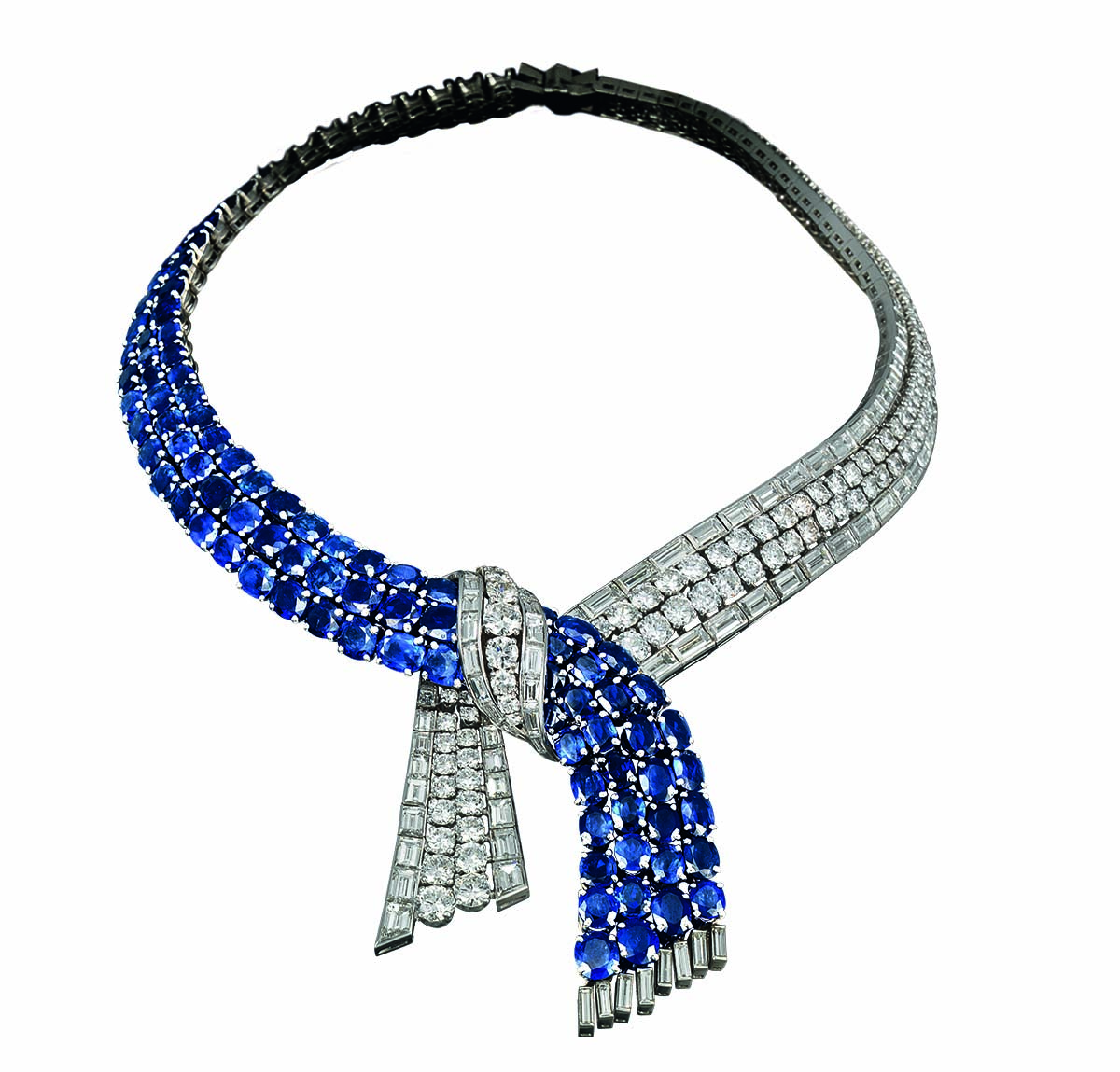
Cravat necklace, 1954. © Patrick Gries.
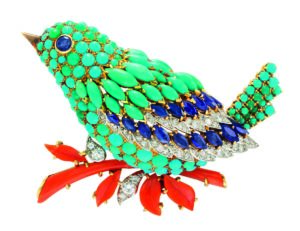
Bluebird clip, 1963. © Anthony Falcone.
LUX: Jewellery companies seem to be doing ever more exhibitions – why is this?
Nicolas Bos: Exhibitions are a great way for a centenary maison such as ours to reveal the evolution of its style across the decades. Furthermore, for Van Cleef & Arpels, transmission, education and culture are fundamental values. That is why we conceive or participate in exhibitions (be it patrimonial or even contemporary). We display creations not just by the maison; we also focus either on the spirit of a particular era (the 1970s and Alhambra, for example), or on a source of inspiration, or on a particular material such as gems. The maison has over several years initiated relationships with great cultural institutions such as the Musée des Arts Décoratifs or the Muséum National d’Histoire Naturelle, both in Paris, to encourage thoughtful and pertinent dialogues between jewellery and other fields such as mineralogy or the decorative arts in general. The collaboration with the American artist Bob Wilson, in 2016, with a scenography based on Noah’s Ark’s highlighting a high jewellery collection, also expressed this wish to link our creativity with other arts. Another example, in 2017, at the National Museum of Modern Art in Kyoto, paralleled traditional Japanese craftsmanship and Van Cleef & Arpels jewellery expertise in the exhibition ‘Mastery of an Art’.
Read more: How Gaggenau is innovating the ancient art of steam cooking
LUX: How would you summarise the brand or aura of Van Cleef & Arpels to a new client?
Nicolas Bos: I would say that the maison puts poetry and enchantment at centre stage in all its creations, be it high jewellery or jewellery or timepieces. Over the years, Van Cleef & Arpels keeps reinventing itself while always staying faithful to its original DNA. Its sources of inspiration range from nature and couture to dance, astronomy and imaginary worlds.
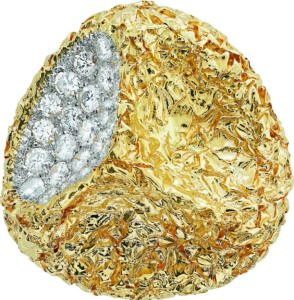
Eucalyptus seed clip, 1968. © Bertrand Moulin
LUX: The ‘Gems’ exhibition includes modern recreations of significant historical jewellery, such as the Toison d’Or worn by Louis XV. What does a piece of historical jewellery tell you about how the wearer once lived?
Nicolas Bos: I’m not a history expert and the maison did not participate in these recreations but it is true that they are impressive. The Toison d’Or underlines the magnificence in which French monarchs used to live and it highlights their taste for exceptional stones and adornment in general. I would like also to mention a special piece that belongs to the Muséum National d’Histoire Naturelle collection and is of real interest – the tourmalines mobile/tree created by Jean Vendome. This is a real masterpiece that exemplifies the fine work bringing together jewellery, sculpture and design.
LUX: Are lab-grown gems a threat?
Nicolas Bos: We do not consider them as such at Van Cleef & Arpels. They are another type of material which has nothing to do with our idea of jewellery. They are industrial objects which don’t have the rarity, the preciousness or charm that natural stones gain after spending millions of years in the depths of the Earth.
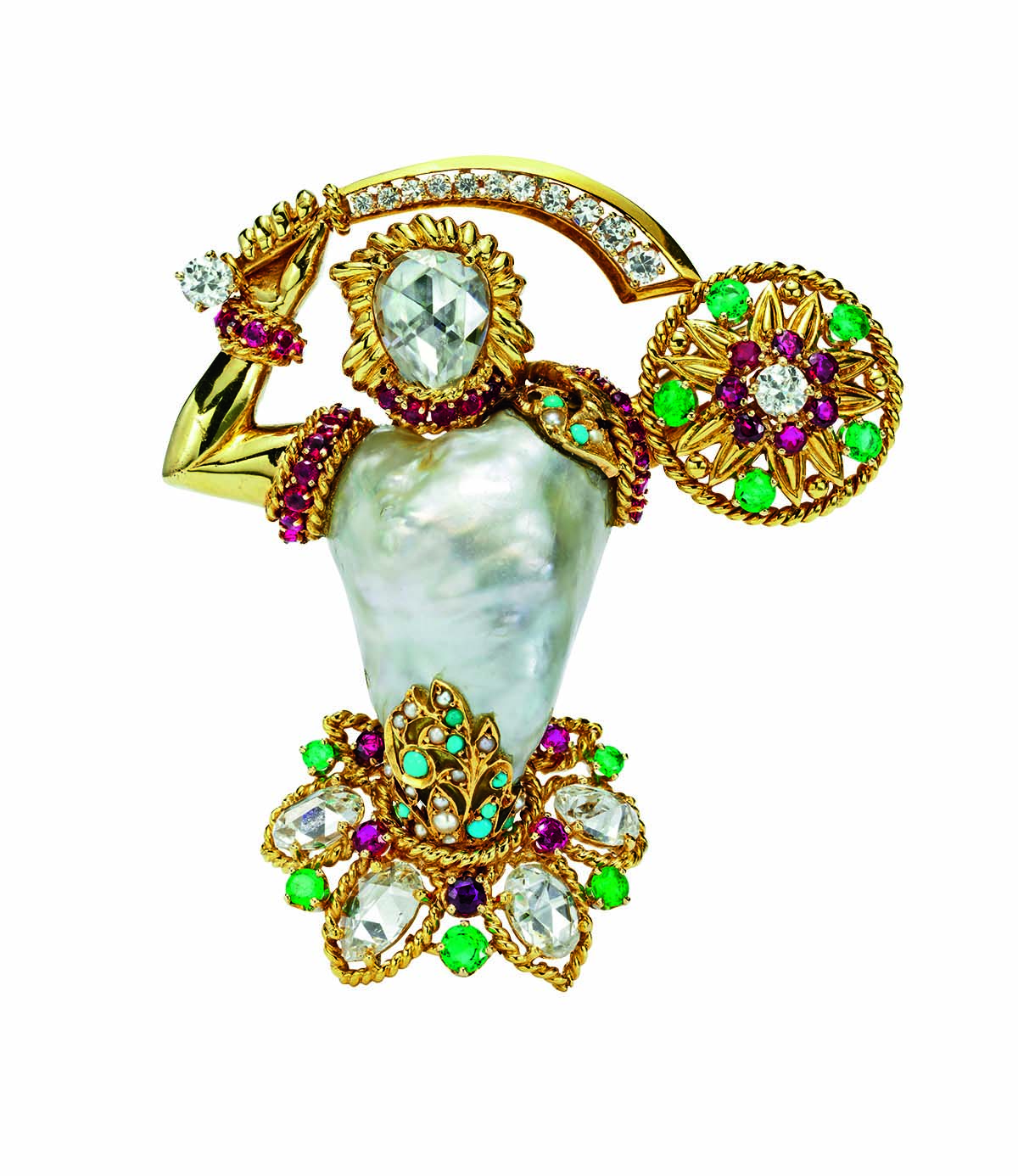
Gladiator clip, 1956. © Anthony Falcone.
LUX: Does learning about the origins of gemstones in an exhibition such as this teach us about the earth from which they came? Does it influence Van Cleef & Arpel’s attitude towards provenance and sustainability?
Nicolas Bos: Sustainability is a core value of Van Cleef & Arpels: we are a certified member of the Responsible Jewellery Council (RJC) which has the strictest standards of responsible practices for the jewellery industry. We also ask our suppliers to be certified with the RJC in order to promote good practices in the supply chain and we audit them as well. All diamonds purchased by Van Cleef & Arpels are compliant with the Kimberley Process Certification Scheme which has worked since 2003 to put an end to the trade in conflict diamonds. We also work with multi-stakeholder initiatives on responsible sourcing and supply-chain due diligence, in particular for coloured gemstones.
LUX: Can you describe the Van Cleef & Arpels high jewellery piece that is inspired by the exhibition?
Nicolas Bos: In order to fit in with the central theme of the exhibition, the maison imagined a unique high jewellery object comprising stones, gems and jewels, some faceted, some polished, some raw. Through the work of craftsmen’s hands these stones speak with each other, adding a highly original piece to the history of Van Cleef & Arpels. It provides a fittingly precious and poetic conclusion to this exhibition.
The exhibition ‘Pierres Précieuses’ runs until 3 January 2021 at Muséum National d’Histoire Naturelle in Paris
View the collections: vancleefarpels.com
This article was originally published in the Summer 2020 Issue, out now.


